| Back |
BMFA free flight national championship 2017
The weather on the first day was awful, with a howling wind. However modellers are not easily beaten and the contests went on albeit with modest results. The second day, Sunday, was very warm and the wind steadily dropped during the day, though it constantly changed direction causing problems for launch site location. By late afternoon it was near perfect.
For me this was a trip down memory lane and for learning. I flew A2/F1a glider at the Nats when in my teens. I wanted to see how the class had developed. In particular I wanted to look at new construction and towline techniques.
The gliders were beautiful but I am not sure how many were self-built. The bunt-release was interesting. It is a high speed run to get the model and line whisting then a sharp half-loop on release followed by a half-bunt caused by servo-driven down on the tailplane. I didn't see any height gain near to double height but the best launches gained one third on the 50m.
I admire modellers who build immaculate scale models. My interest lies in designing for performance so I am naturally drawn to the FAI classes.
I was limited to tow and launch pictures of F1a and c as the models soon became too small to get a sharp picture when enlarged. I had no bike to follow the models to take pictures near to landing.
F1a
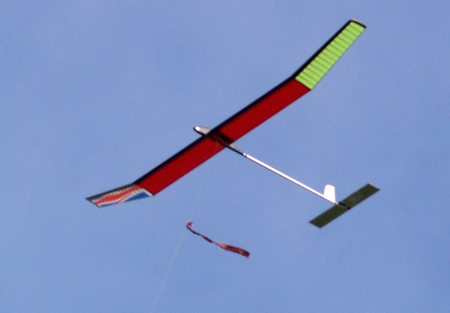
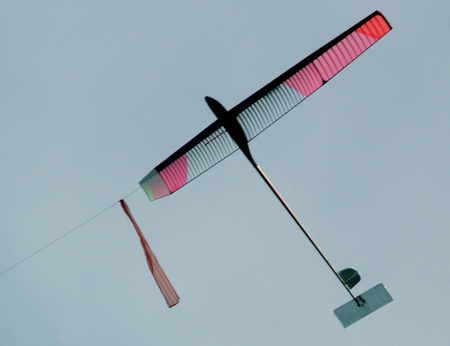
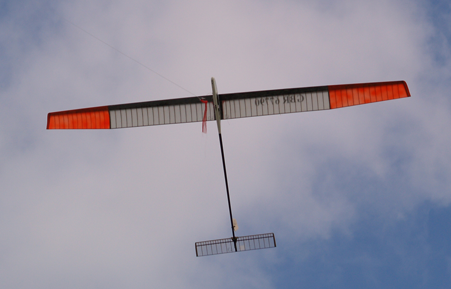
F1c
The howls of the engines and the rocket-like vertical climbs were impressive.
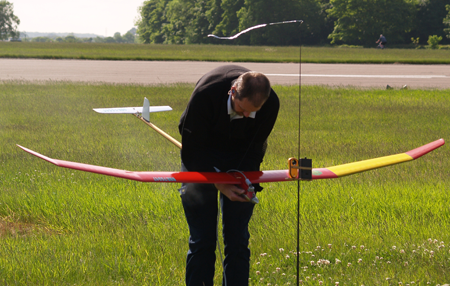
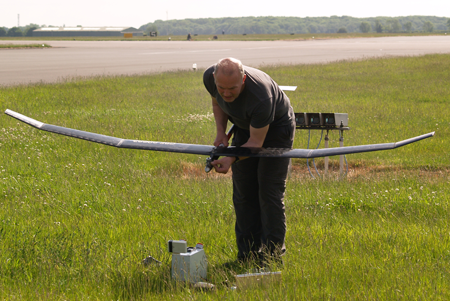
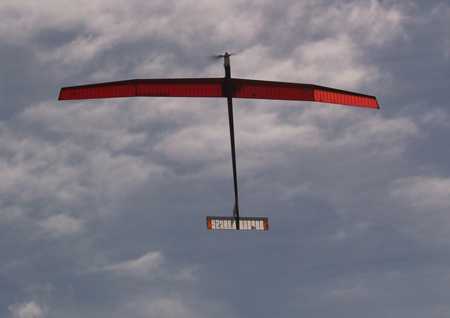
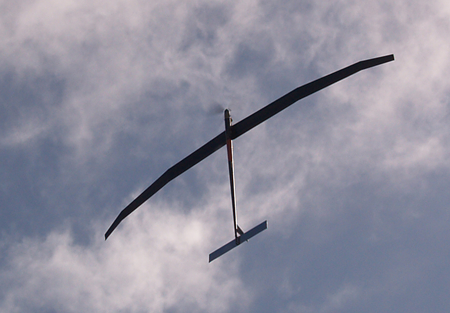
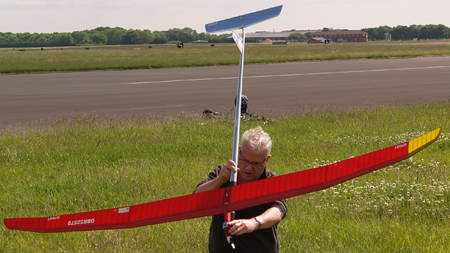
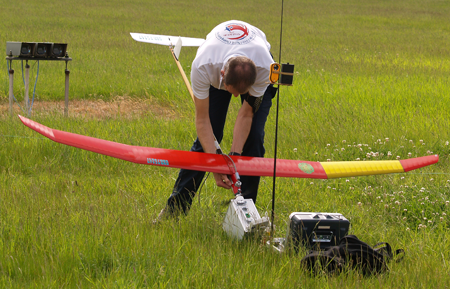
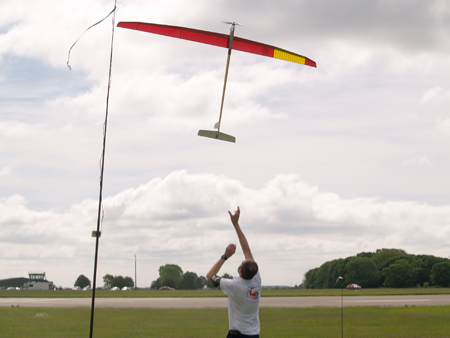
Control line speed
I saw fine-looking classic models here. One bottle of fuel was almost black. The reason was secret but its nickname was 'black death'. That used to be my nickname for half-and-half Guiness and Special Brew.
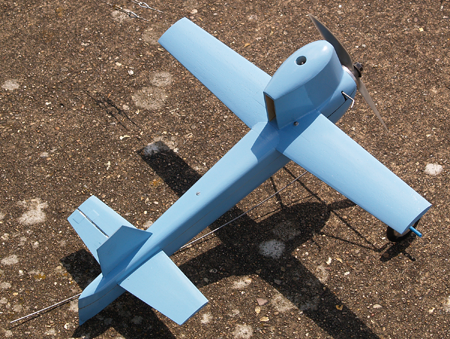
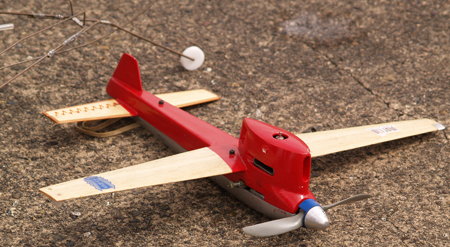
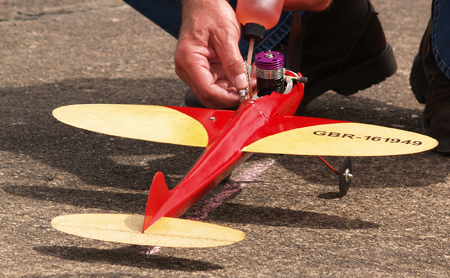
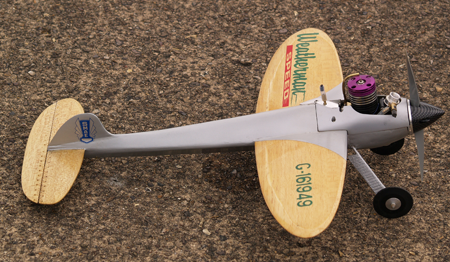
And the timer:
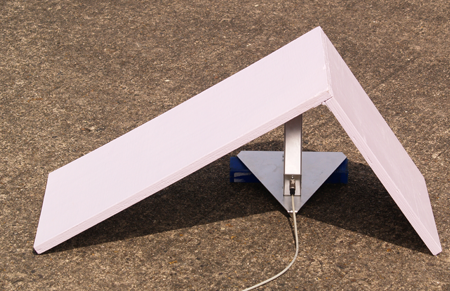
Rocketry
There were only three active modellers here but it is clearly a technical field. They use Estes motors but with much thinner and lighter card casings for the same fuel charge. The ones sold for the shop trade have thicker and heavier casings so there is no chance of them exploding. The bodies of the rockets are extremely light and made from a single layer of 48g/m2 glass fibre. One of the rockets was a two-stage one where the single charge motor was replaced with two each having half the charge. Obviously I didn't stand a chance of getting pictures of the launches.
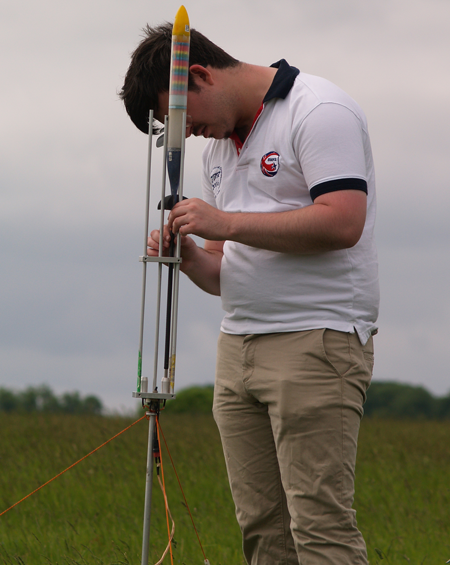
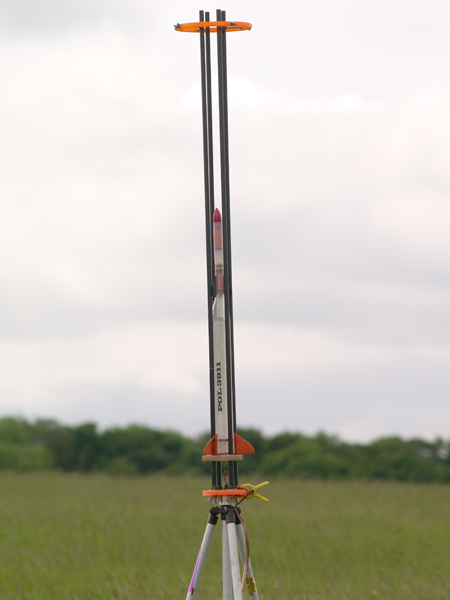
Guiness book of records
One modeller spotted an anomoly in the Guiness records. Free flight rubber duration was shown as 30 seconds, so he decided to beat that with a P.30 model with a double weight motor. The model had a strobe light and a video camera onboard. He had cleared all the paperwork so just needed 'official' BMFA scrutineers and time-keepers. The whole affair was being filmed for the record submission. He did about one and a half minutes.
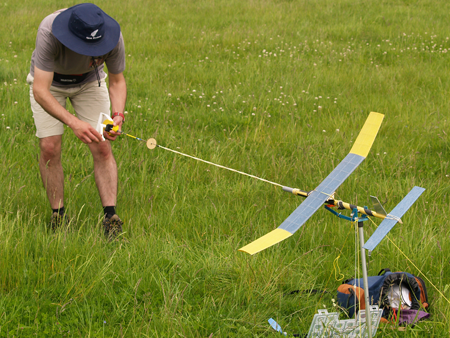
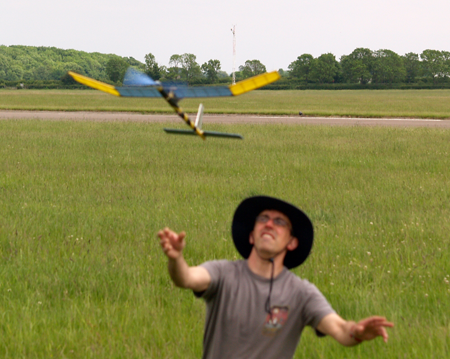
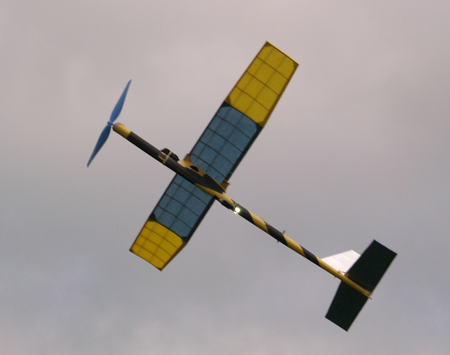
| Back |
(C) Peter Scott 2017
Last edit 30 June 2018